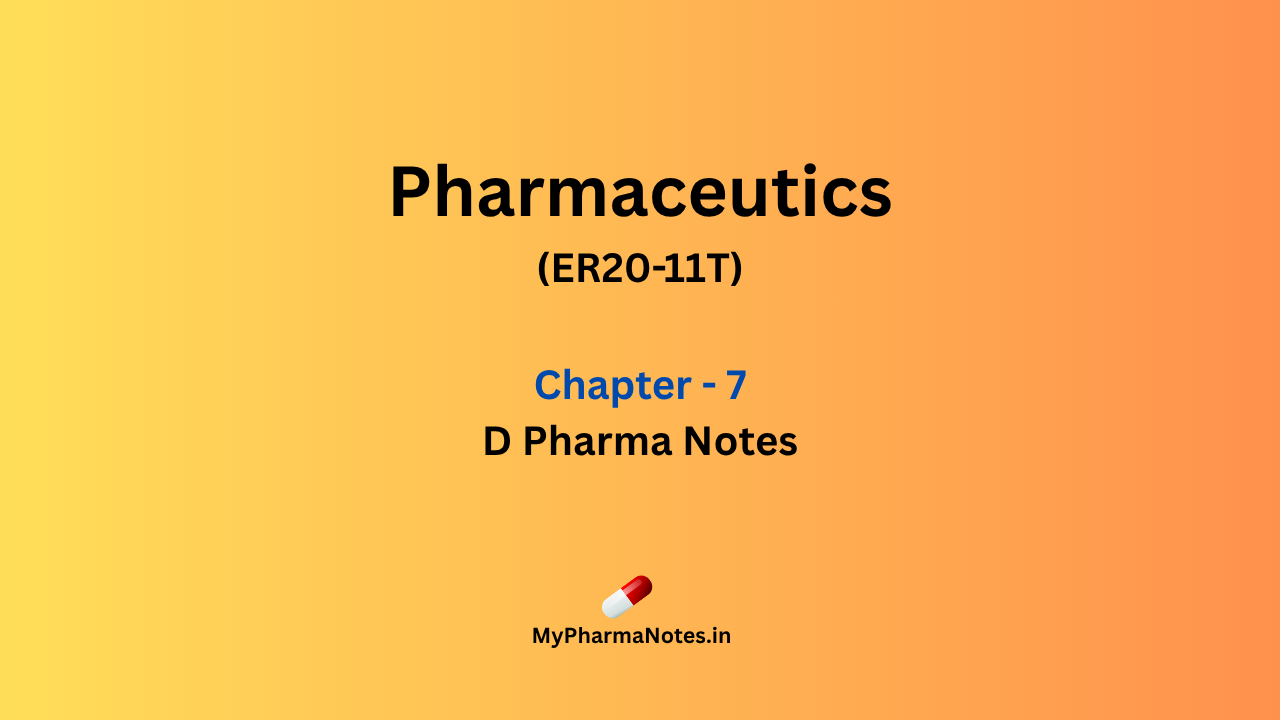Table of Contents
NDDS Novel Drug Delivery System
Introduction to NDDS
- A novel drug delivery systems (NDDS) can be defined as a new approach that combines innovative development, formulations, new technologies, novel methodologies for delivering pharmaceutical compounds in the body as needed to safety achieve its desired pharmacological effects.
- The new ideas on controlling the pharmacokinetics, pharmacodynamics, non-specific toxicity biorecognition and efficiency of drugs were generated. These new strategies is called drug delivery systems (DDS).
- The method by which a drug is delivered can have a significant effect on its efficacy.
- Drug Delivery Systems (DDS) are based on interdisciplinary approach that combines polymer science, pharmaceutics, bioconjugate chemistry, and molecular biology.
- To minimize drug degradation and loss to prevent harmful side effects and to increase drug bioavailability and the fraction of the drug accumulated in the required zone various drug delivery and drug targeting system are currently under development.
- Some drugs have an optimum concentration range within which maximum benefit is derived and concentrations above or below this range can be toxic or produce no therapeutic benefit at all.
- On the hand the very slow progress in the efficacy of the treatment of severe disease has suggested a growing need for a multidisciplinary approach to the delivery of therapeutic to targets in tissues.
Classification Of Novel Drug Delivery System
- By Mode Of NDDS
- Targeted drug delivery system.
- Sustained release drug delivery system.
- Controlled release drug delivery system.
- By Route Of Administration
- Oral drug delivery system.
- Nasopulmonary drug delivery system.
- Mucoadhesive Drug Delivery System
- Implantable drug delivery system.
1. By Mode Of NDDS
Targeted Drug Delivery System:
- Targeted drug delivery, sometimes called smart drug delivery, is a method of delivering medication to a patient in a manner that increases the concentration of the medication in some parts of the body relative to others, By route of implant.
- Examples include liposomes conjugated with antibodies and nanoparticles functionalized for specific cell types.
Sustained Release Drug Delivery System:
- Drug Delivery system that are designed to achieve prolonged therapeutic effect by continuously releasing medication over an extended period of time after administration of single dose.”
- The basic goal of therapy is to achieve steady state blood level that is therapeutically effective and non toxic for an extended period of time.
- Examples include tablets with specific coatings and some injectable formulations.
Controlled Release Drug Delivery System:
- Controlled release are drug delivery system which maintain constant level of drug in blood and tissue for extended period of time.
- It implies A predictability and reproducibility in drug release kinetics.
- Examples include implants, transdermal patches, and some nanoparticles.
2. By Route Of Administration:
Oral Drug Delivery System:
- The oral drug delivery method is a favourable route for the administration of the drug, leading to increased treatment efficacy and patient compliance and reducing drug administration frequency.
- Example: Sublingual tablets.
Nasopulmonary drug delivery system:
Pulmonary drug delivery is a route of administration in which patients use an
inhaler to inhale their medications and drugs are absorbed into the bloodstream
via the lung mucous membrane.
Example: Metered-dose inhalers (MDIs).
Advantages of Nasopulmonary Drug System:
- Improve patient compliance
- Accurate dosing
- Enhanced efficacy and safety
- Decreased toxicity/side effects
- Controlled delivery by maintaining desired drug concentration and controlled rate.
- Beneficial to patients with improved comfort and standard of living.
- Reduction in drug accumulation with chronic therapy.
Disadvantages of Nasopulmonary Drug System:
- Less patients compliance.
- Repeated dosage is necessary.
- Large amount of drug deliver.
Challenges of Novel Drug Delivery System (NDDS)
- Problems involved and overcoming challenges in the delivery of poorly soluble drugs.
- Novel approaches in the delivery of poorly soluble drugs.
- Overcoming bioavailability hurdles for poorly soluble clinical candidates.
- Rationale formulation design for poorly soluble compounds.
- Overcoming challenges in protein drug delivery.
- Challenges in Paediatric and geriatric drug delivery.
- Overcoming addictive nature of drugs.
